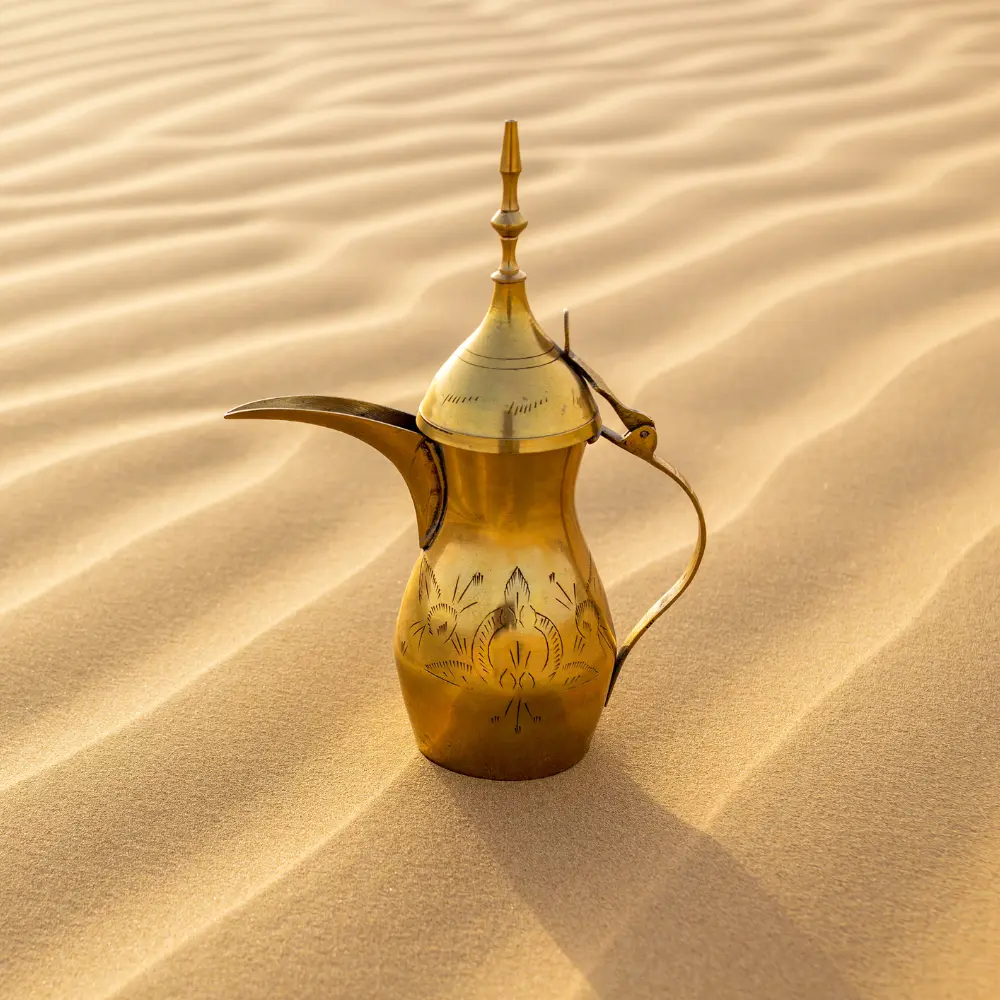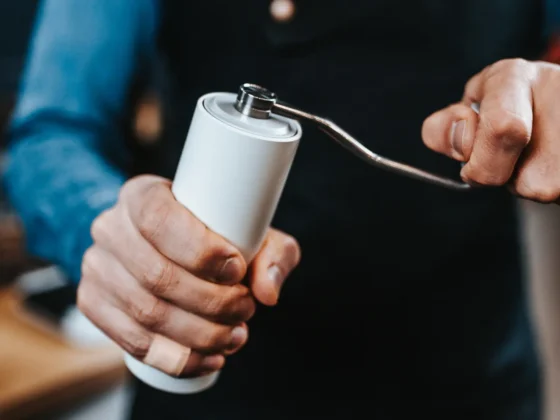Welcome to the intricate and fascinating world of Arabica coffee. This comprehensive guide aims to take you on a journey through the landscape of Coffea Arabica, revealing its rich history, diving deep into its cultivation, exploring the art of its brewing, and unraveling its profound socio-economic impact.
But first, what is Arabica coffee?
Arabica coffee, scientifically known as Coffea Arabica, is one of the most cherished varieties of coffee in the world, accounting for over 60% of global coffee production. Grown predominantly in Latin America, Africa, India, and Asia, these beans are admired for their rich, full-bodied flavor and lower caffeine content compared to other varieties, like Robusta.
In the coming sections, we’ll delve into the origin of this delectable coffee, tracing its roots back to the ancient coffee forests of Ethiopia. We’ll also examine the ideal conditions and common challenges associated with growing this type of coffee. As we transition from cultivation to consumption, we’ll illuminate the complexities of brewing this coffee to enhance its unique flavors. Further, we’ll draw a comparative study with its closest competitor, Robusta, and finally, contemplate the socio-economic and environmental implications of this coffee cultivation.
Prepare to embark on a captivating expedition into the universe of Coffea Arabica, a coffee species that continues to inspire, delight, and awaken millions of people across the globe. Whether you’re a seasoned barista, a coffee connoisseur, or simply a curious reader, this comprehensive guide offers valuable insights to help you appreciate the nuances of your next cup of joe. Buckle up and enjoy the journey!
Arabica Coffee: Key Takeaway
- Roots in Ethiopia: Arabica coffee originated in Ethiopia, expanding across the globe over centuries to become a key player in the coffee industry and a beloved part of global culinary culture.
- Complex Cultivation: Growing this delightful coffee demands specific climatic conditions and careful cultivation practices. Despite challenges, innovative farming strategies have enabled the successful production of Arabica beans worldwide.
- The Art of Brewing: The distinct flavor profile of this coffee drink shines through in the brewing process, requiring a balance of understanding bean properties, achieving the right roast, and using appropriate brewing techniques.
- Diversity of Coffee Varieties: While Arabica remains a popular favorite, other coffee varieties such as Robusta, Liberica, and Excelsa also bring unique flavor profiles and characteristics to the global coffee tapestry.
- Beyond the Cup: The cultivation, distribution, and consumption of Arabica coffee beans significantly influence global trade, community development, and environmental sustainability, highlighting the far-reaching socio-economic impact of this popular beverage.
The Origin and History of Arabica Coffee
Arabica coffee is not just a beverage; it’s a time-honored tradition that dates back centuries. As we dive into the origin and history of this cherished variety, we unravel a compelling narrative that’s steeped in legend, traversed continents, and continues to evolve to this day.
Tracing Arabica Coffee: From Ethiopia to the World
The story of the Arabica coffee plant, known scientifically as Coffea Arabica, begins in the ancient coffee forests of Ethiopia. (1) The legend goes that a goat herder named Kaldi noticed his goats’ unusual vitality after consuming berries from a particular tree. After sharing these observations with a local monk, the first coffee concoctions were created. (2)
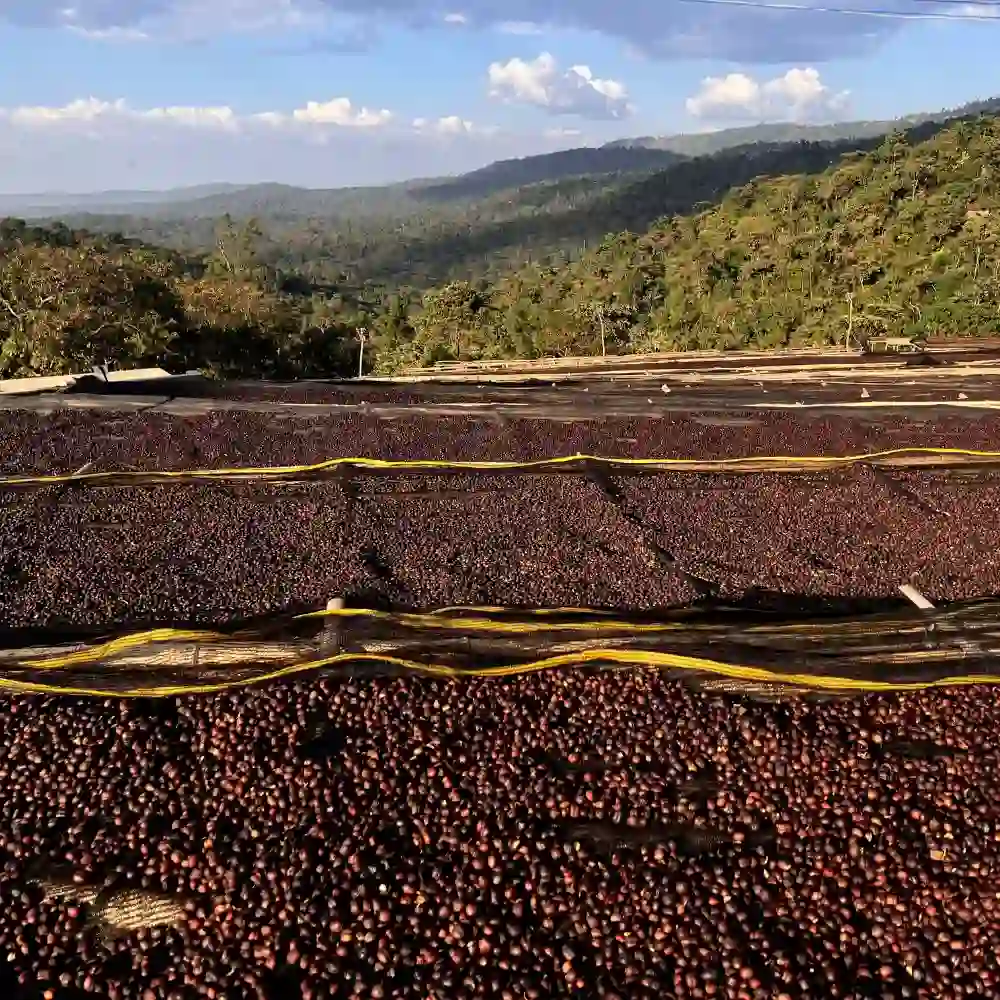
From these humble beginnings, Arabica coffee beans embarked on a journey that would take them across continents. First, they traversed the Red Sea to Yemen, where the art of coffee cultivation was refined in the 15th century. The beans then made their way to the coffee houses of the Ottoman Empire and on to Europe in the 17th century. In the centuries that followed, through exploration and colonization, the Arabica coffee plant found new homes in Latin America, Asia, and beyond. (3)
Today, coffea Arabica is grown in various parts of the world, with Brazil, Colombia, and Ethiopia being the largest producers. Its global journey has helped shape economies, societies, and cultures around the globe, reinforcing its status as one of the world’s most beloved beverages.
Arabica Coffee in Literature and History
The influence of this delectable coffee extends beyond just cultivation and consumption. It’s also etched itself into literature and history. From the mystical coffee houses of Istanbul, where intellectual and political debates fueled the Ottoman Empire, to the thriving coffee culture of Vienna, which fostered creativity among famous philosophers, artists, and writers, this beverage has played a significant role in societal evolution.
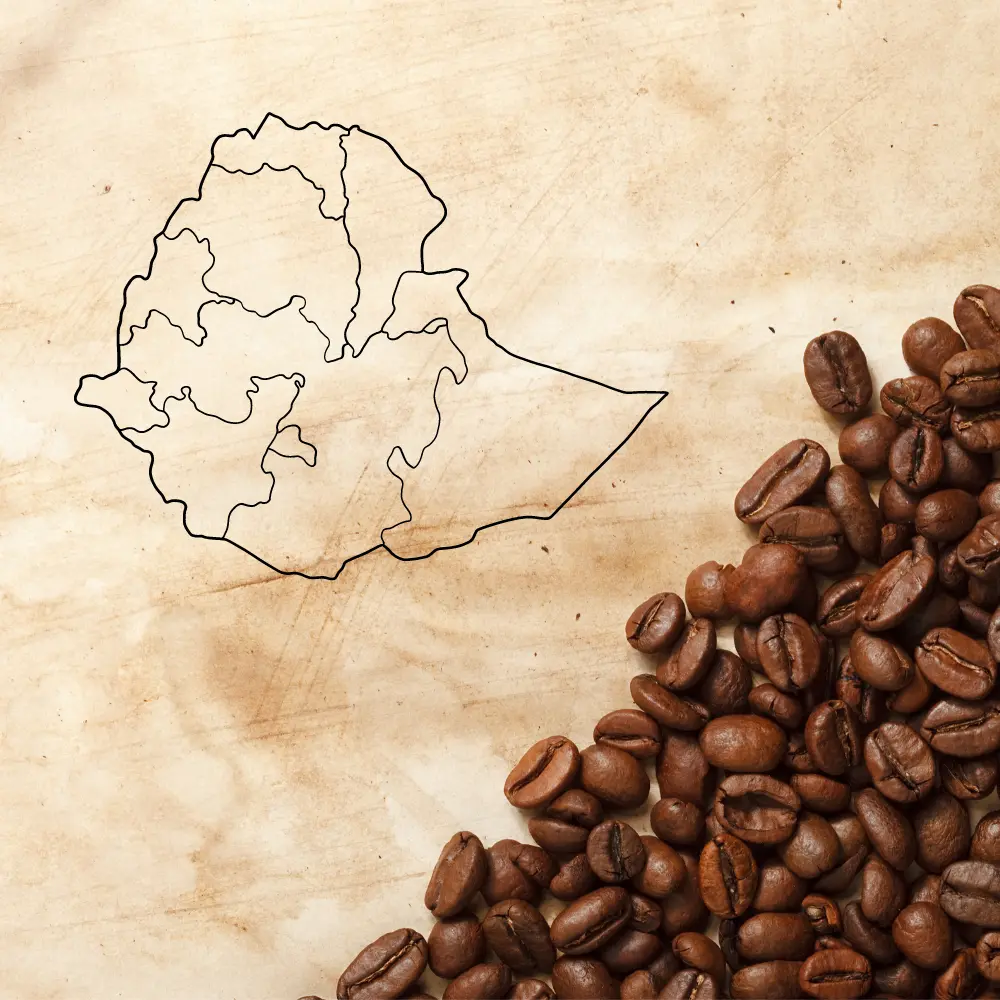
Coffea Arabica’s role in shaping global history is equally prominent. Its cultivation led to significant economic and social changes, facilitating the rise of international trade networks, influencing labor practices, and even sparking political conflict. The “coffee economy” helped shape nations, contributing significantly to the GDP of many countries, particularly in the developing world.
Evolution of Arabica Coffee Cultivation
This coffee cultivation has also evolved dramatically over the centuries. From the ancient forest-grown coffee of Ethiopia to the vast monoculture plantations of modern-day Brazil, the cultivation practices have transformed to meet the growing global demand for this coveted beverage.
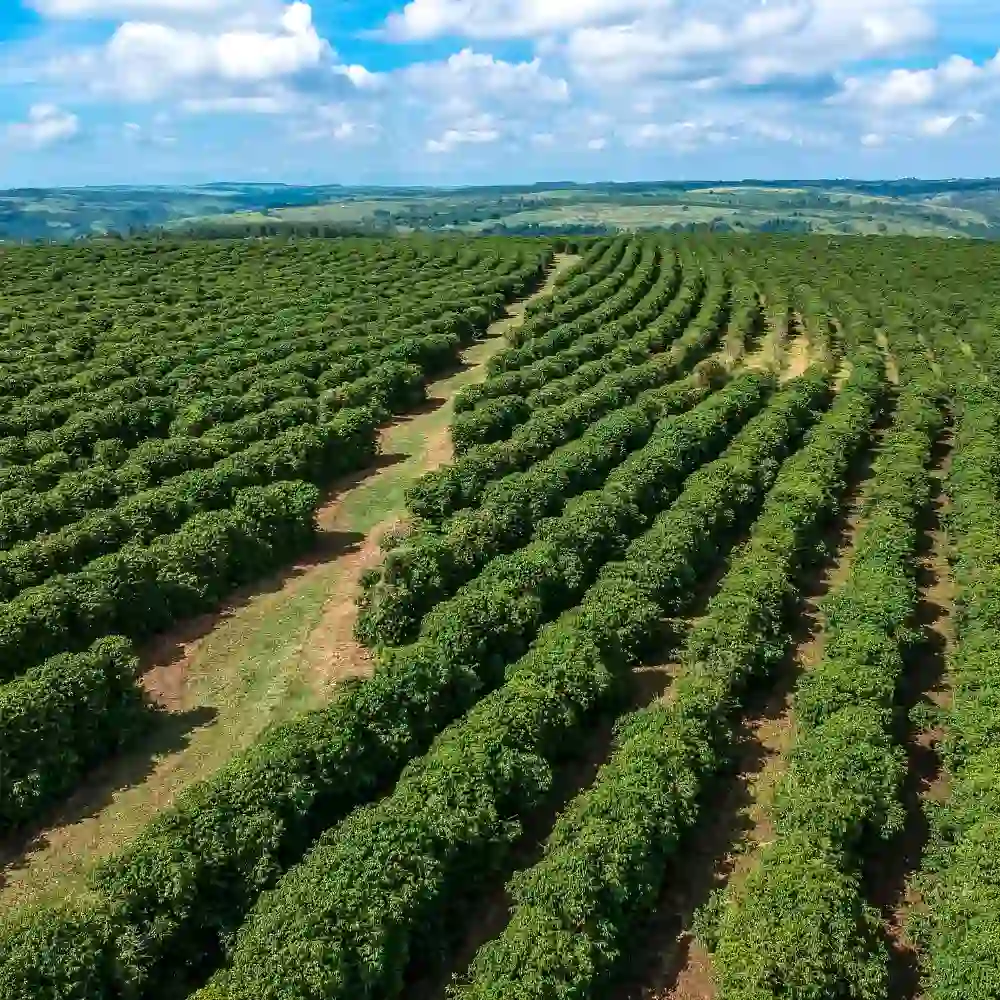
The traditional method of growing Arabica under the canopy of trees has given way to sun-tolerant and disease-resistant varieties that can withstand open-field cultivation. The introduction of new farming techniques and technologies, such as precision agriculture and sustainable farming practices, are also reshaping the future of this distinctive coffee production.
However, the core requirement for growing high-quality Arabica beans remains the same: high altitudes, rich and well-drained soils, and a stable climate with a defined wet and dry season. These conditions allow the Arabica coffee plant to grow slowly, allowing the beans to develop their complex flavors and coveted acidity.
Despite the challenges faced by Arabica beans, including climate change, pests, and diseases, its cultivation continues to thrive. Its resilience can be attributed to the tireless efforts of farmers, scientists, and coffee lovers who are committed to preserving and enhancing this remarkable coffee variety.
Cultivating Arabica Coffee: A Deep Dive
Cultivating the Arabica coffee plant is both a science and an art, a complex process that demands knowledge, skill, patience, and a profound respect for nature. From understanding the ideal growing conditions to overcoming cultivation challenges, and embracing innovative farming practices, let’s explore the world of this coffee cultivation.
Ideal Conditions for Growing Arabica Coffee
The Coffea Arabica plant is particular about where it grows. Preferred conditions include high altitudes of 1,300 and 1,500 m, a temperature range of 15-24°C, and well-drained volcanic soils rich in organic matter. While it requires plenty of rainfall, the plant also needs a dry period for the beans to ripen and be harvested.
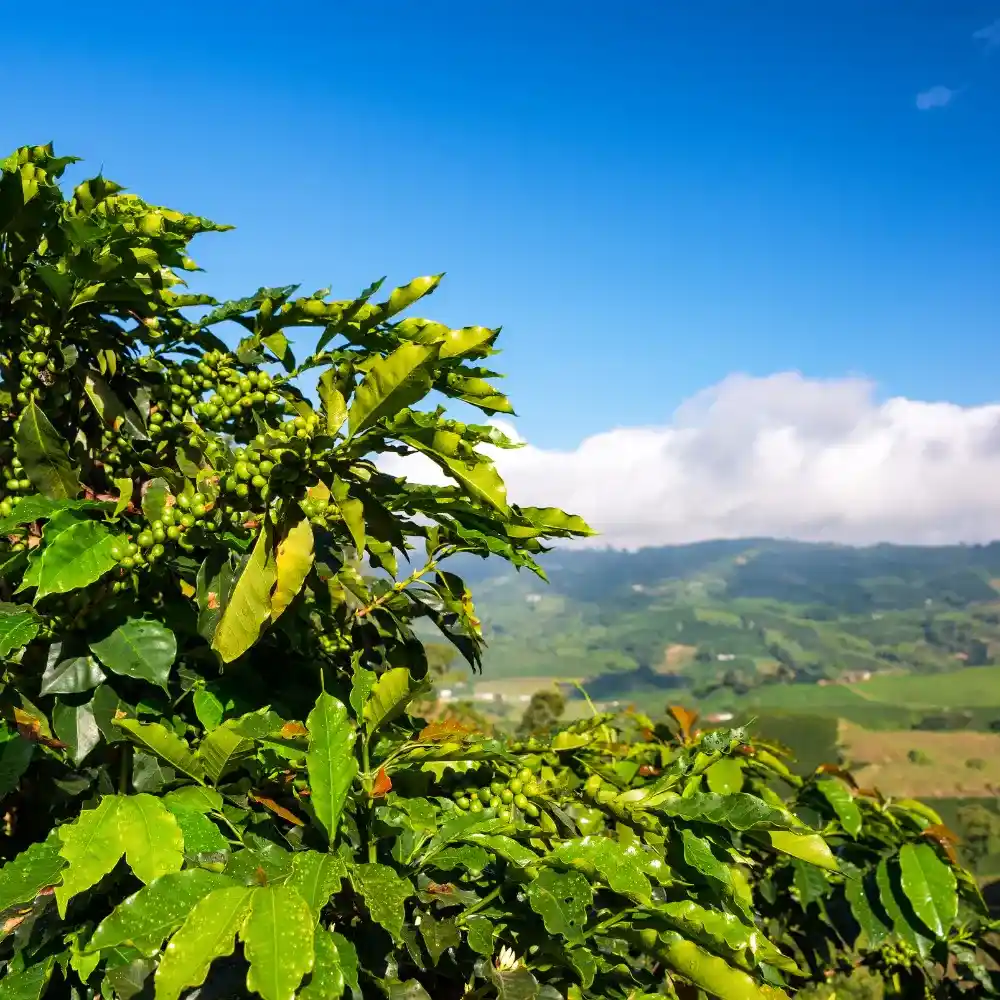
Most of these conditions are found in the “Coffee Belt”, a region straddling the equator from 25°N to 30°S. This belt includes countries such as Brazil, Colombia, Ethiopia, and Vietnam, which are known for their high-quality Arabica coffee beans.
Arabica coffee plants are shade-loving and grow well under the cover of taller trees, a practice that not only protects the plant but also aids in maintaining biodiversity. (4) These trees also help conserve soil and water resources, highlighting the interdependence between coffee cultivation and the ecosystem.
Challenges in Arabica Coffee Cultivation
Growing Coffea Arabica is not without its challenges. The plant is highly susceptible to diseases such as leaf rust and pests like the coffee berry borer. Adverse weather conditions due to climate change, including unseasonal rains or extreme temperatures, can impact the plant’s health and subsequently the quality of the Arabica coffee beans.

Another major challenge is the socio-economic aspect of coffee cultivation. A large part of coffea Arabica is produced by smallholder farmers who often face financial instability due to fluctuating coffee prices in the global market. They also grapple with the high cost of inputs and limited access to modern farming techniques. (4)
Innovations in Arabica Coffee Farming
Despite the challenges, innovative solutions are emerging in the field of Arabica cultivation. Advancements in technology and farming practices aim to increase yield, improve quality, and make coffee farming more sustainable and profitable for farmers.
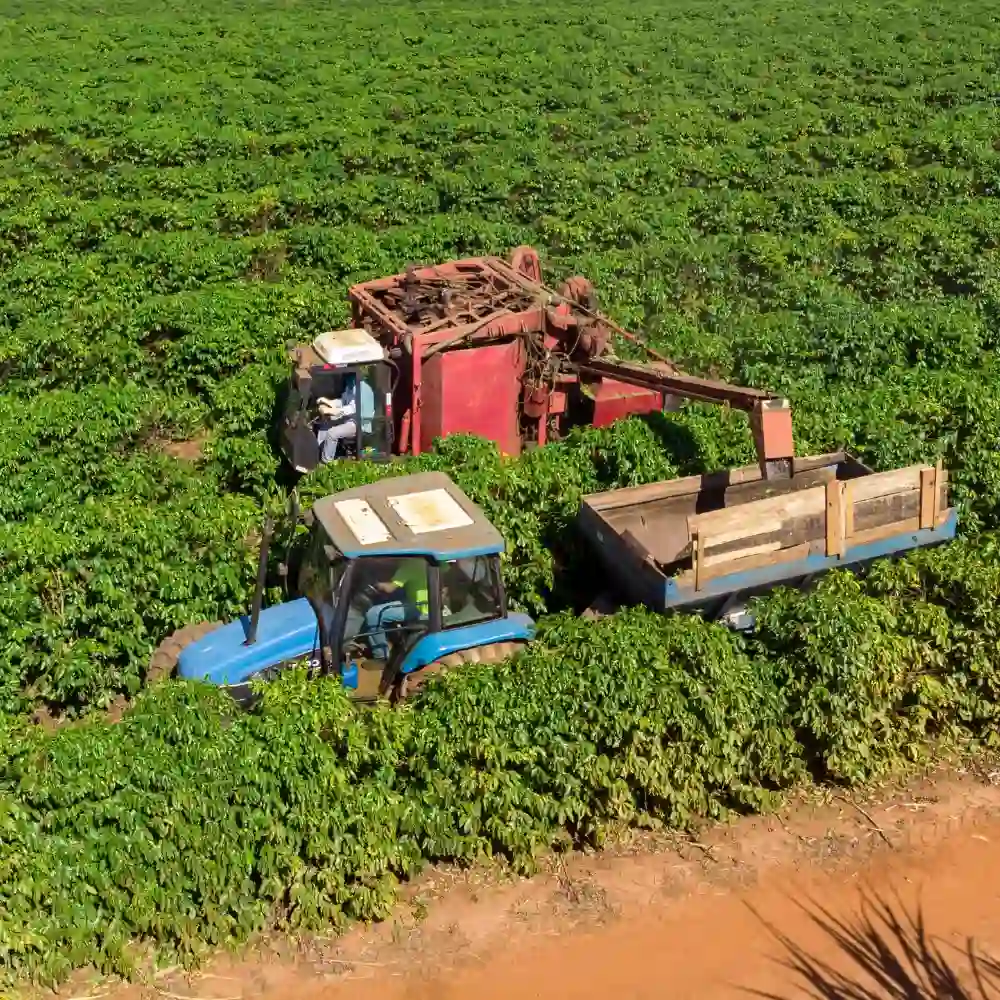
Some of these innovations include precision agriculture, where technologies like GPS, remote sensing, and data management tools are used to optimize farming practices. Biotechnology is also being harnessed to develop disease-resistant Arabica coffee plant varieties and improve crop quality.
Sustainable and fair-trade practices are becoming more prevalent, emphasizing environmental conservation and equitable distribution of profits among farmers. These practices are not only beneficial for the farmers and the environment but also add value for consumers, who are increasingly conscious of the ethical and environmental implications of their coffee consumption.
The story of this lovely coffee is indeed as rich and complex as the beverage itself. As we continue to relish this globally loved beverage, it’s essential to recognize the efforts of countless individuals working tirelessly in the fields, laboratories, and coffeehouses to ensure that our cup of coffee continues to delight us, one sip at a time.
Exploring the Rainbow of Arabica Coffee Varieties
The Coffea Arabica plant offers a vibrant array of coffee varieties, each with its unique flavor profile and characteristics. Like different shades of color in a rainbow, these varieties add a fascinating depth and diversity to the world of Arabica beans. Let’s embark on an intriguing journey to explore some of these distinguished varieties.
The Elegant Ethiopian Heirlooms

As the birthplace of coffee, Ethiopia is home to many ancient, or “heirloom,” Arabica varieties. These wild and uncategorized varieties often exhibit bright acidity and intricate flavors ranging from floral to fruity. Renowned Ethiopian coffee regions like Sidamo, Yirgacheffe, and Harrar each produce heirloom coffees with distinct taste profiles, making them a prized choice among coffee connoisseurs.
The Classic Typica and Bourbon
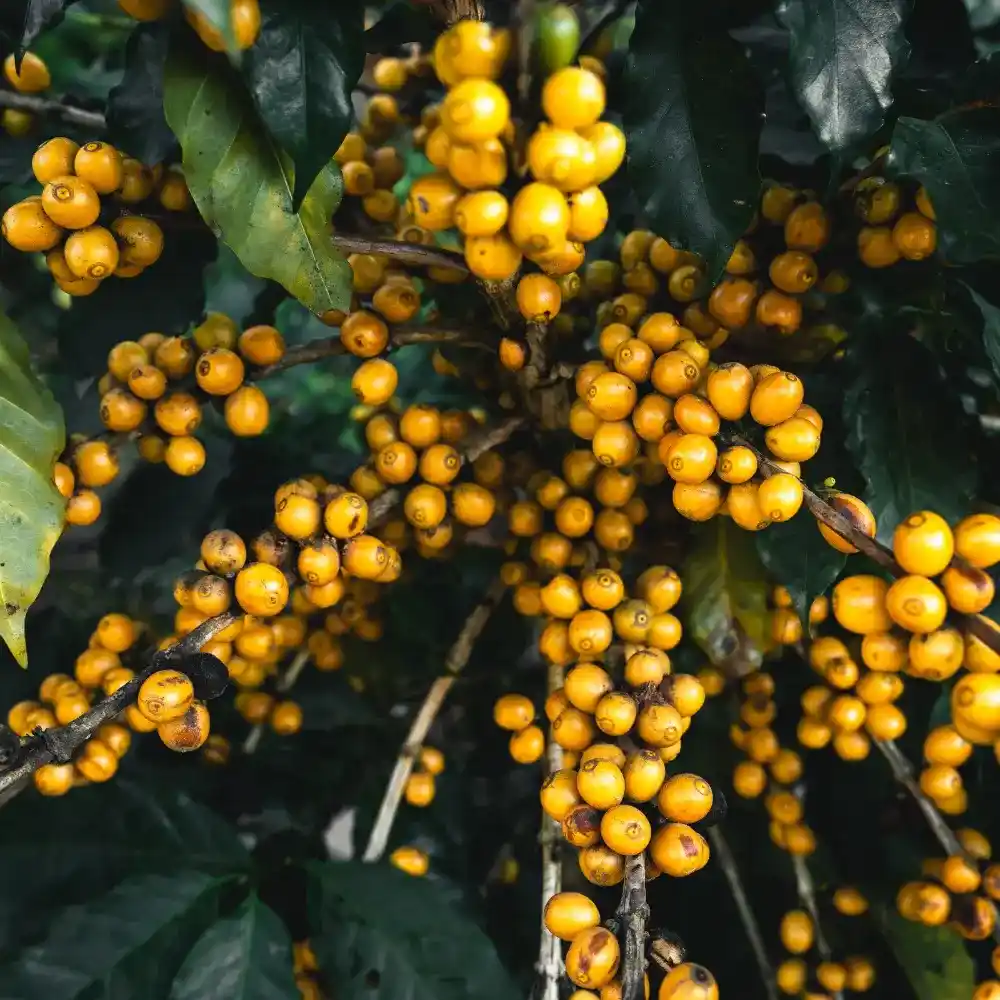
Typica and Bourbon are the archetypal Arabica varieties from which many others have been developed. Typica, with its sweet and clean profile, is known for its balanced taste and delicate body. Bourbon, named after the Bourbon islands (now Réunion), is noted for its exceptional quality and rich, complex flavors that often showcase a delightfully sweet and fruity character.
The Refined Geisha (or Gesha)

Originating from the Gesha village in Ethiopia but gaining fame in Panama, Geisha has emerged as one of the most elite and sought-after Arabica coffee beans. Recognizable by its long and slender shape, the Geisha variety boasts floral, tea-like qualities with bright acidity and hints of tropical fruits, making it a favorite for those who seek a sophisticated and unique coffee experience.
SL28: Kenya’s Gift to the Coffee World
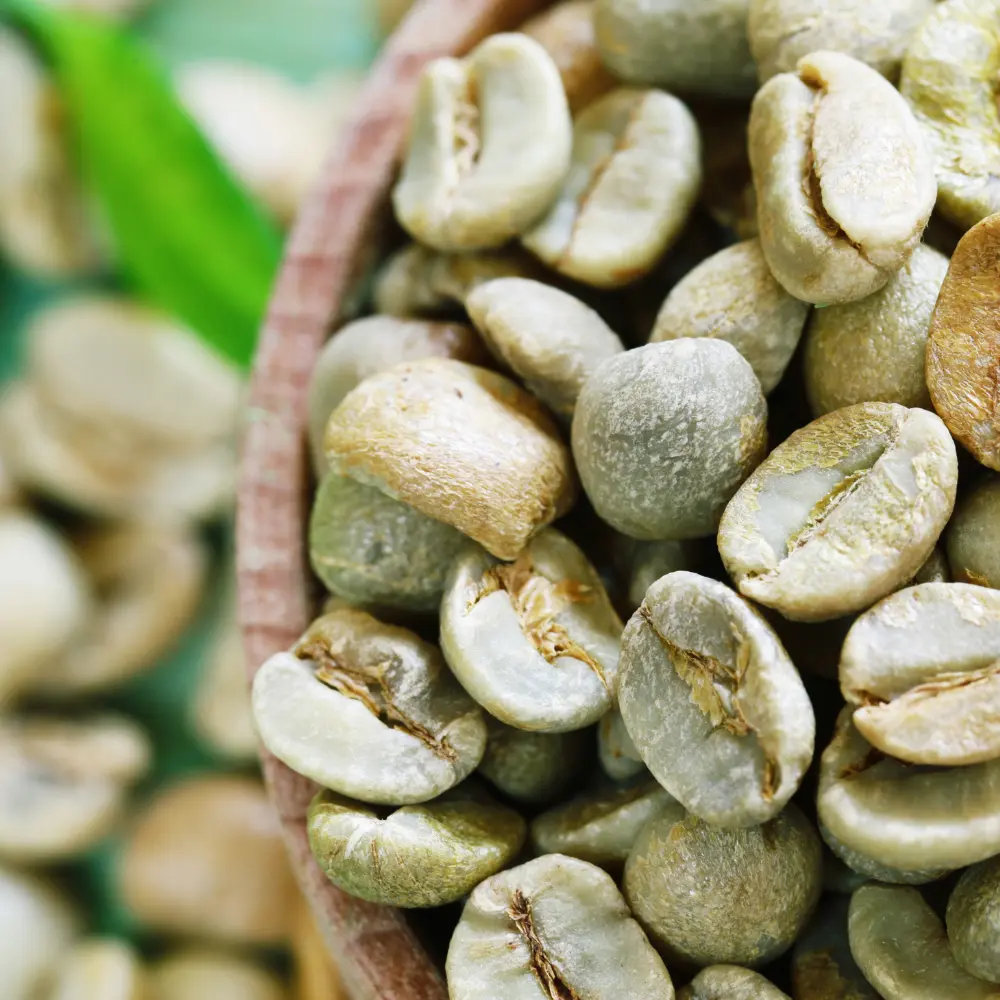
A treasure among Arabica varieties, SL28 carries a unique charm that resonates well beyond its African roots. With a rather functional name that belies its exciting palate, SL28 was birthed in Kenya’s Scott Labs, which lends its initials to this celebrated hybrid. This was during the 1930s, a period of intense Arabica hybridization which gave us other remarkable variants like the SL14 and SL34. However, SL28 has gained particular fame for its captivating flavor profile. (5)
SL28 plants, tracing their lineage back to the Bourbon variety, showcase a fascinating paradox. Despite their vulnerability to common coffee diseases, they exhibit remarkable hardiness and resistance to drought. A testament to their resilience, these plants can withstand years of neglect, only to bounce back into production without losing their unique charm. Today, the allure of SL28 has transcended Kenyan borders, gracing the coffee landscapes of Uganda, Malawi, and Zimbabwe.
The Hardy Caturra, Catuai, and Mundo Novo

Renowned for their inherent resilience and adaptability, Caturra and Catuai are Arabica varieties that have naturally mutated from the esteemed Bourbon. Caturra is favored for the bright acidity and balanced taste it imparts to your cup, while Catuai enchants it with its sweet and full-bodied character. These resilient varieties are abundant in the coffee-growing regions of Brazil, Colombia, and Central America.
On the other hand, Mundo Novo is a compelling crossbreed of Typica and Bourbon. The hybrid’s birthplace is the municipality of Mundo Novo in Brazil, where it was discovered in the 1940s. It later underwent a decade-long refining process by diligent agronomists before becoming a preferred choice among farmers. Today, Mundo Novo’s high productivity and towering stature make it a popular variety, especially in the coffee plantations of Brazil, Peru, and Malawi. (6)
The Distinctive Pacamara and Maragogipe
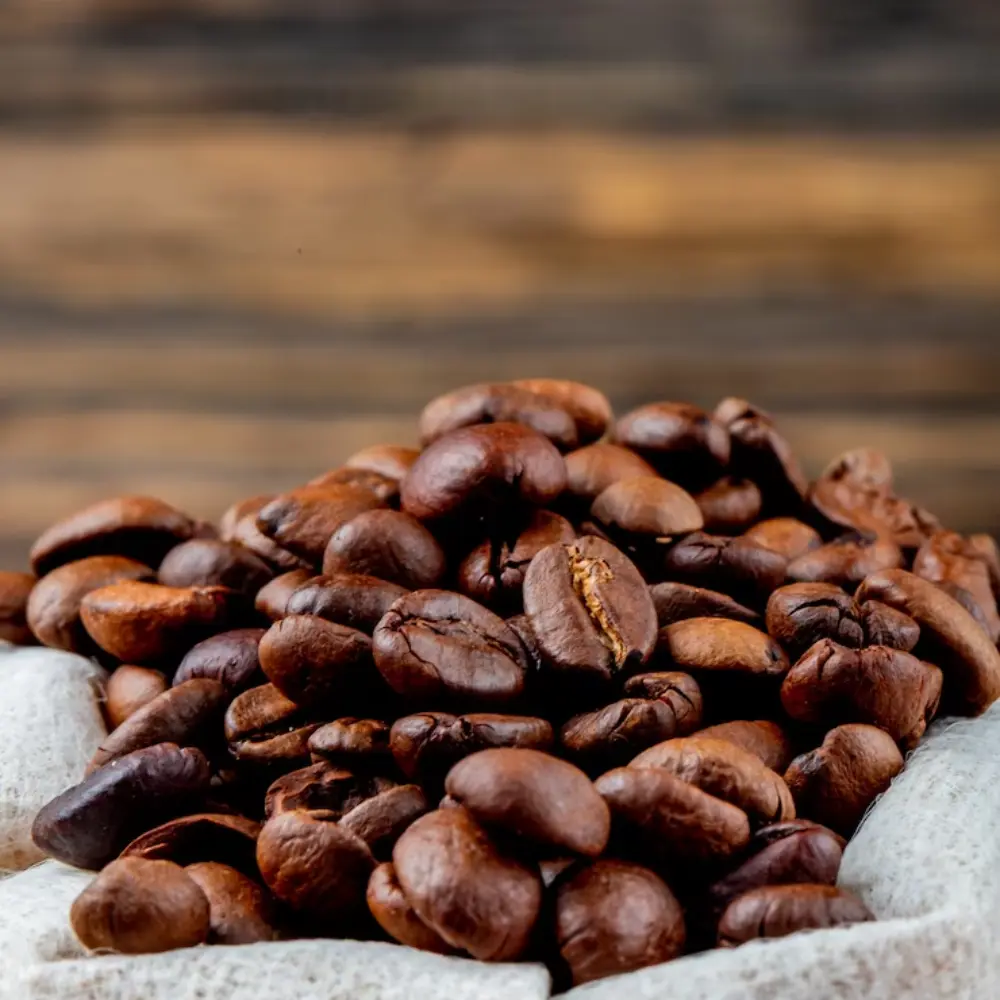
Pacamara and Maragogipe (also spelled as Maragogype) are known for their unusually large beans, earning the nickname ‘elephant beans.’ Pacamara, a cross between Pacas and Maragogipe, exhibits a complex flavor profile with fruity undertones and a silky body. Maragogipe, a mutation of Typica, is celebrated for its smooth, mild flavors and low acidity.
Here’s a little coffee trivia for you: As mentioned above, Maragogipe, a variety of Arabica affectionately known as “elephant coffee beans” due to their large size, hails from Maragogipe, Bahia in Brazil. Unlike its ordinary counterparts, the Maragogipe’s flavor profile is intricately tied to its growing conditions, often enhancing when dried with its natural sugars. Despite its humble origins, this ‘giant’ of a bean has carved a niche for itself among coffee enthusiasts worldwide!
This colorful palette of Arabica varieties highlights the enormous diversity within the Coffea Arabica species, each one contributing to the rich tapestry of tastes and aromas that coffee lovers worldwide cherish. Whether you’re an adventurous coffee enthusiast or prefer sticking to classic favorites, this coffee’s vibrant world offers endless opportunities to discover and enjoy.
The Symphony of Flavors in a Cup of Arabica Coffee
With every sip of this coffee, one embarks on a sensory journey, a divine symphony of flavors played out on the palate. It is the product of Coffea Arabica, a plant known for producing coffee beans that yield a brew rich in complexity and subtlety. But how do you describe the taste of Arabica beans?
The Signature Profile of Arabica Coffee

Arabica coffee beans are celebrated for their exceptionally delicate and nuanced flavor profile. These beans hold a lower caffeine content than their Robusta counterpart, resulting in a less bitter, smoother taste. A greater concentration of sugars and lipids in Arabica beans enhances their flavor and aroma, giving them a distinctive sweetness and full-bodied mouthfeel.
The Complexity and Variety of Arabica Coffee
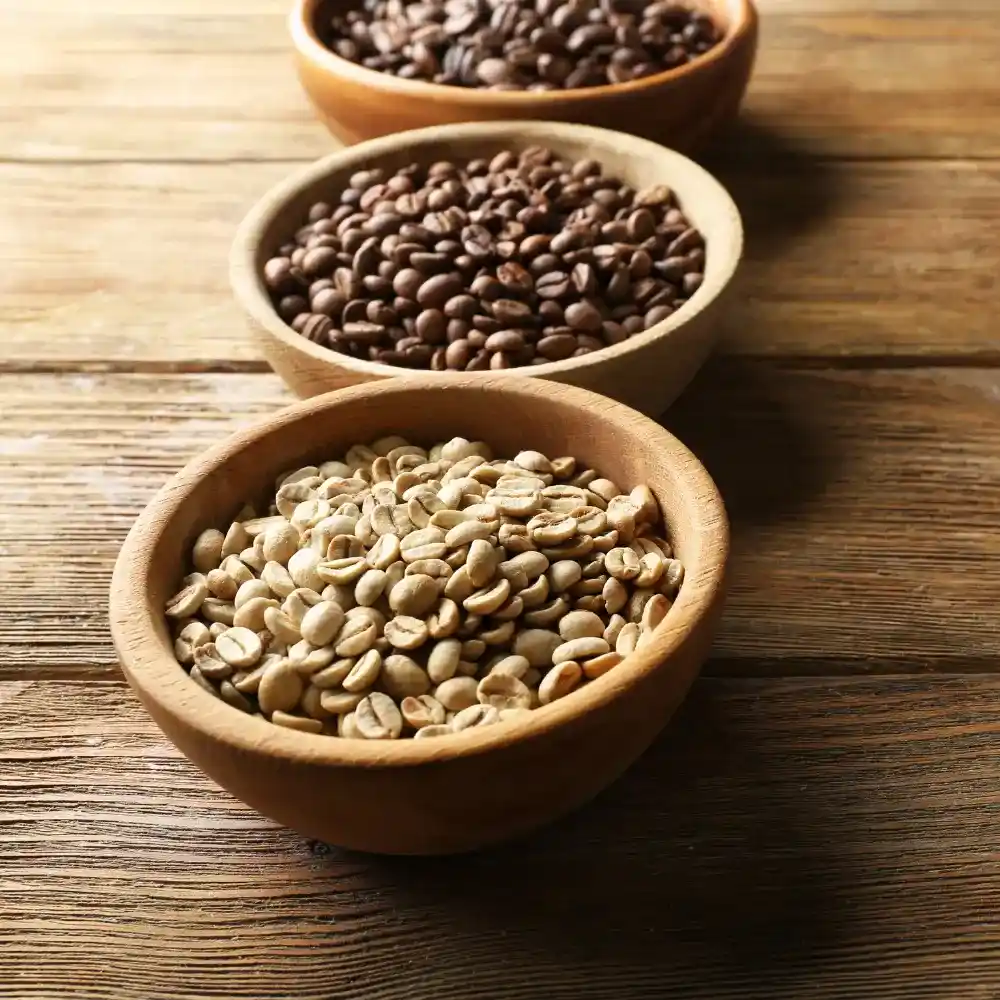
What makes the flavor of this coffee so intriguing is its complexity and variety. Grown across diverse climates and terrains, each bean captures the essence of its unique terroir, the soil, and the weather conditions of the region it originates from. This can translate into a wide array of flavor notes, from fruity and floral to chocolatey and nutty, varying from one variety and region to another.
Tasting the Symphony: Experiencing Arabica Coffee

When you take a sip of this delectable beverage, you first notice its bright and lively acidity, akin to a pleasant, subtle citrusy note. As the coffee swirls in your mouth, you start to taste its inherent sweetness and underlying flavors, which can range from sweet berries to rich chocolate or even subtle hints of wine.
The finish, or the taste that lingers after swallowing, is often clean and pleasant, leaving a delightful aftertaste that makes you reach for another sip. When all these elements are in harmony, you are treated to a well-rounded, enjoyable cup of Arabica that sings a symphony of flavors on your palate.
Indeed, tasting Arabica is not just about drinking a beverage—it’s an exploration of a rich tapestry of flavors, an experience that connects you with diverse cultures and lands far and wide. It’s the universal language of flavor, spoken and understood by coffee lovers worldwide.
The Art of Brewing Arabica Coffee
Perfecting the art of brewing this drink involves more than just pouring hot water over ground coffee. It requires a comprehensive understanding of the Coffea Arabica beans’ distinct properties, mastery of the delicate roasting process, and finesse in various brewing techniques. This enriching journey deepens our appreciation for every cup of coffee and the intricate processes behind its exceptional taste.
Understanding Arabica Coffee Beans and Their Properties
Arabica beans, the fruits of the Coffea Arabica plant, are highly esteemed for their unique flavor profile and quality. Recognizable by their oval shape and a central crease running along their belly, Arabica beans are generally larger and denser than their Robusta counterparts.

These beans are packed with higher sugar content and more lipids, contributing to their often sweet and complex flavor profiles. Their lower caffeine content contributes to their smoother, less bitter taste. The beans’ quality and taste can significantly vary depending on their growth conditions, processing methods, and origin, further adding to the vast spectrum of flavors that Arabica beans offer.
Roasting Arabica Coffee: A Balancing Act
The process of roasting Arabica beans is an intricate dance that balances heat and time to unlock the beans’ full flavor potential. This delicate act can significantly influence the final taste of the coffee, accentuating its natural flavor characteristics or masking them with the roasting process’s flavors.

The roasting degree varies from light to dark. Light roasts are ideal for highlighting the unique flavors of high-quality Arabica beans, while darker roasts often mask these flavors with a bold, smoky taste. Understanding the nuances of roasting is crucial to enhancing the inherent quality of Arabica coffee beans.
Brewing Techniques for Arabica Coffee
Brewing is the grand finale in the journey from Coffea Arabica plant to your cup, a process that transforms roasted beans into a flavorful coffee drink. Various brewing methods can be used to make this beverage, each with its unique impact on the taste and aroma of the final brew.

If you’re seeking a traditional and bold experience, making Arabica coffee could be your choice. This method involves boiling finely ground beans in a pot, resulting in a strong, flavorful brew. Other popular brewing techniques include French Press, Pour-Over, and Espresso, each imparting a unique flavor to the coffee.
Regardless of the brewing method you choose, remember that the key to an excellent cup of coffee lies in understanding the beans’ properties, perfecting the roasting process, and mastering your preferred brewing technique. Whether you’re a seasoned coffee connoisseur or a novice coffee lover, each cup of Arabica presents an opportunity to savor a rich and delightful coffee experience.
Arabica Coffee Vs. Robusta: The Great Bean Showdown

In the world of coffee, two species reign supreme: Coffea Arabica and Coffea Canephora, more commonly known as Robusta. While they may share the same beverage form, the similarities often end there. This section seeks to provide an in-depth comparison between Arabica and Robusta coffee, focusing on their flavor profiles, nutritional content, and market positioning.
Flavor Notes in Contrast: Arabica Vs. Robusta
Arabica and Robusta offer vastly different sensory experiences, primarily due to their contrasting flavor profiles. Arabica coffee beans, cherished for their smooth, slightly sweet taste, often carry notes of sugar, fruit, and berries, underlined by subtle wine-like acidity. Their aftertaste, akin to a pleasant, lingering sweetness, is one of the many reasons Arabica is so beloved among coffee enthusiasts.
On the flip side, Robusta coffee tends to be stronger, harsher, and more bitter, with grain-like undertones and nutty afternotes. Its flavor is often described as ‘earthy,’ and it carries twice the amount of caffeine as Arabica, contributing to its characteristic bold and robust taste.
Nutrient Face-off: Arabica Vs. Robusta
In the arena of nutritional content, Arabica and Robusta coffee beans have a significant difference in caffeine and sugar content. While Robusta beans contain almost twice the amount of caffeine compared to Arabica beans, the latter holds a higher sugar content, contributing to its smoother, sweeter taste.
Interestingly, Arabica coffee plants are more sensitive and susceptible to diseases, primarily due to lower caffeine levels (caffeine acts as a natural insecticide). On the other hand, Robusta, with its higher caffeine content, is hardier and more resistant to pests.
Market Dynamics and Valuation: Arabica Vs. Robusta
In terms of market shares and pricing, Arabica indisputably dominates. It constitutes approximately 60-70% of the global coffee market, primarily due to its superior flavor profile and broad consumer preference. As a result, Arabica beans often command higher prices in comparison to their Robusta counterparts.
However, Robusta has a strong presence in instant coffee blends and is extensively used by large commercial coffee brands due to its lower price point and stronger flavor, which can withstand the addition of milk and sugar better than Arabica.
This comparative study underscores the nuanced differences between Arabica and Robusta coffee, each playing a distinctive role in the global tapestry of coffee consumption. Whether you prefer the mellow and sweet notes of Arabica or the bold and robust taste of Robusta, there’s no denying the unique charm each brings to your coffee cup.
The Arabica Encore: A Comparative Dance with Liberica and Excelsa
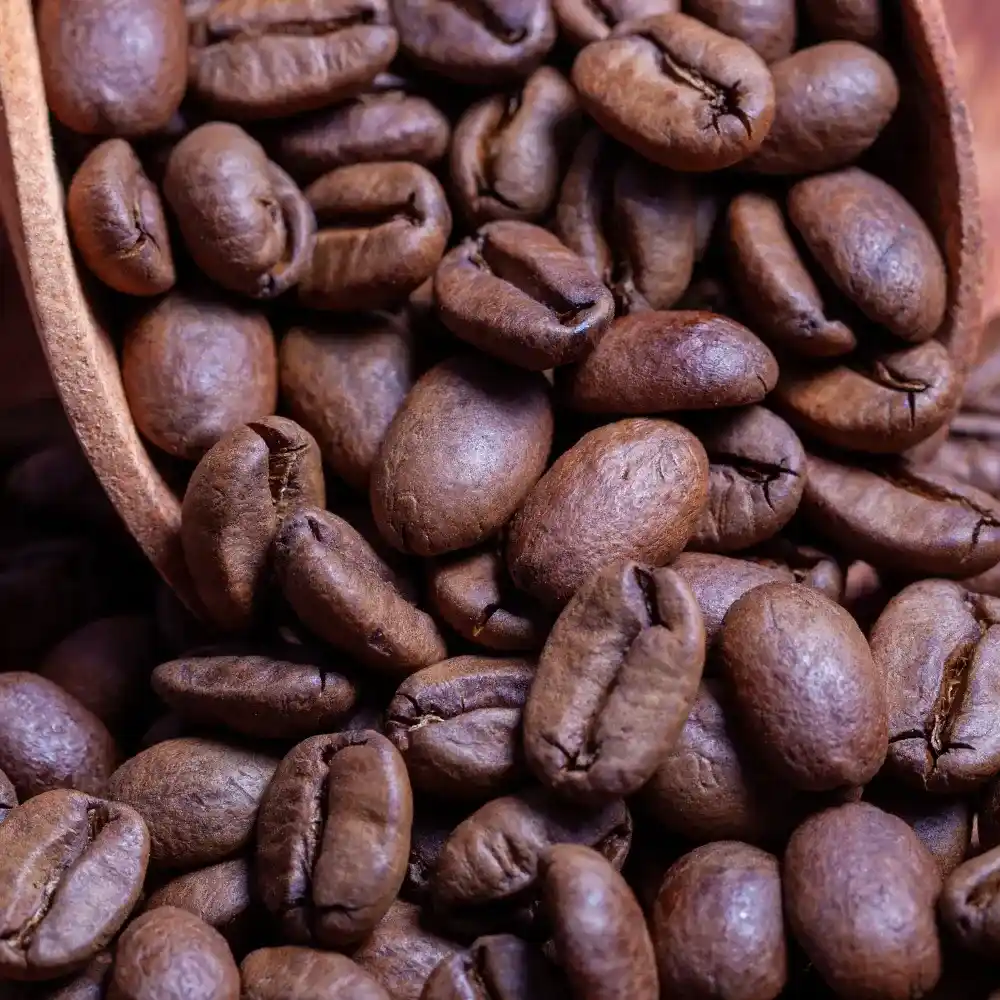
When it comes to the grand opera of coffee, Arabica, Liberica, and Excelsa each play unique parts, delighting our taste buds with their distinct flavor profiles and characteristics. Let’s delve into an exploration of these three varieties and uncover what sets them apart.
Arabica Vs. Liberica: The Harmony of Flavors
As discussed earlier, Arabica beans, known for their smooth and slightly sweet taste, have a high reputation in the world of coffee. Often carrying delightful notes of fruit and berries and a hint of wine-like acidity, Arabica tends to have a pleasant, lingering aftertaste.
In contrast, Liberica coffee beans, native to West Africa, offer an entirely different experience. Larger and asymmetrical, these beans give off a distinct aroma often compared to a floral and chocolatey taste, with a full body and a smoky, woody flavor. The Liberica’s taste is bold and pronounced, making it a favorite among those who prefer strong, unique coffee flavors.
Arabica Vs. Excelsa: The Symphony of Sensations
The Excelsa variety, though technically classified under the Liberica family, boasts a unique flavor profile that earns it a separate mention. Grown predominantly in Southeast Asia, Excelsa accounts for a small fraction of the world’s coffee production, making it a rare treat.
Compared to the sweet and mellow notes of Arabica, Excelsa coffee presents a contrasting taste, marked by its tart and fruity flavors that leave a lingering dark chocolate aftertaste. The complexity of Excelsa’s flavor profile, combined with its light roast, makes it a choice pick for adventurous coffee lovers seeking a unique brew.
This comparative overview of Arabica, Liberica, and Excelsa showcases the diversity that exists within the world of coffee. Each species brings its unique qualities to the stage, contributing to the wonderful complexity that makes coffee a globally cherished beverage.
Beyond the Brew: The Socio-economic Influence of Arabica Coffee
Arabica coffee, apart from being a globally beloved beverage, is an economic cornerstone for many regions worldwide. The cultivation, processing, and trade of coffea Arabica have profound impacts, extending far beyond its role as a simple pick-me-up. This section takes a deeper dive into the economic, social, and environmental implications tied to this coffee.
Arabica Coffee: Stirring the Global Trade Scene
This delightful coffee, with its high consumer preference, plays a critical role in the world of global trade. As mentioned before, it represents a significant portion of agricultural exports for many developing countries, particularly in the “Coffee Belt” – regions straddling the equator with optimal coffee-growing conditions.

Arabica’s market dominance not only bolsters local economies but also creates a network of global commerce. From growers to roasters, distributors to retailers, this coffee sets in motion a vibrant value chain that impacts the livelihoods of millions worldwide.
Social Fabric and Arabica Coffee Production
The production of Arabica beans bears a substantial social impact. As discussed earlier, For countless farmers, particularly in developing countries, Arabica cultivation provides vital income, supporting families and local communities. However, this dependence can also make these populations vulnerable to volatile coffee prices and environmental threats, necessitating the implementation of fair trade practices and crop diversification strategies.
Moreover, this coffee cultivation often fosters social cohesion. Coffee farms and processing facilities become hubs for communal activities, fostering a sense of unity, cooperation, and shared purpose among workers. Additionally, education and training programs around sustainable coffee production can empower local communities, fostering social development and progress.
The Green Footprint: Arabica Coffee and Environmental Sustainability
This coffee’s environmental impact is a tale of two sides. On one hand, traditional Arabica farming practices can support biodiversity. Shade-grown coffee plantations, for instance, help maintain diverse ecosystems and provide habitats for a variety of flora and fauna.
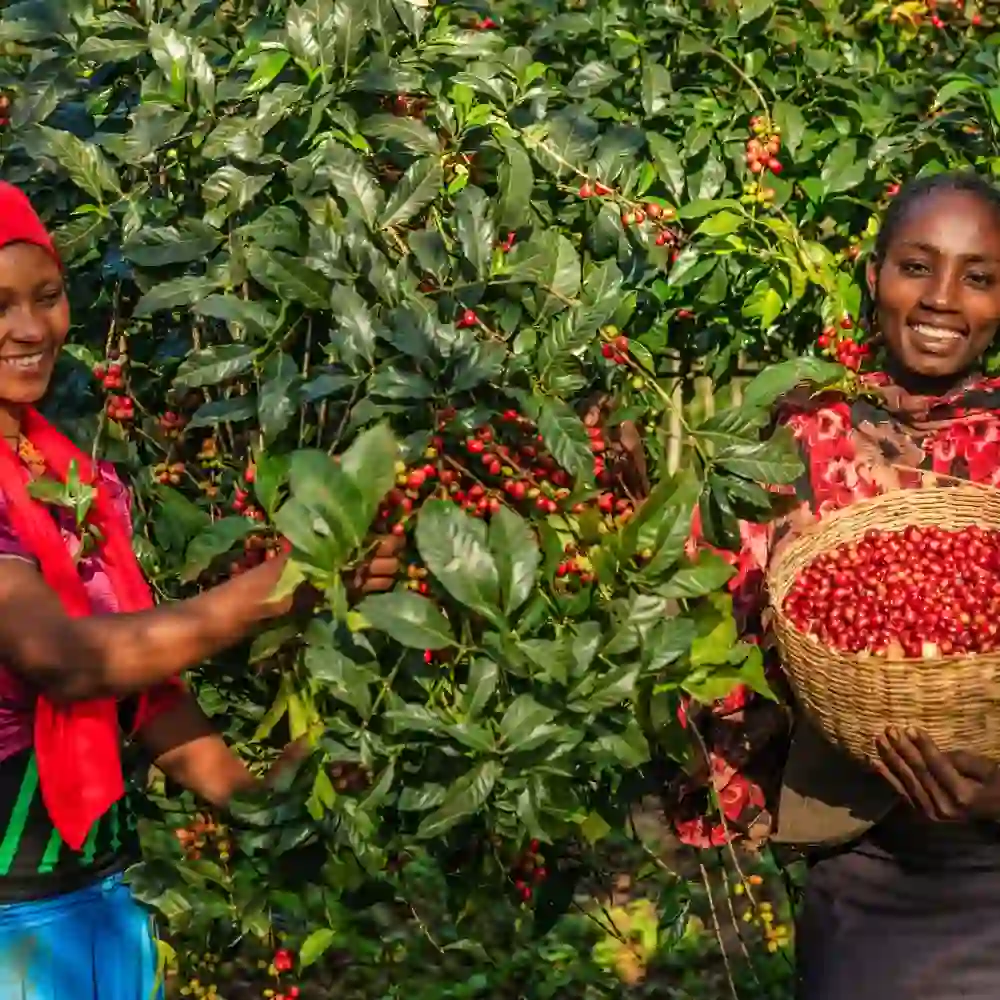
On the other hand, some modern cultivation practices, driven by increased demand, can pose environmental challenges. Deforestation, soil degradation, and water pollution from chemical fertilizers and pesticides are among the pressing concerns.
However, a growing commitment towards sustainable farming practices is taking root in the industry. Efforts like organic farming, water conservation, and the utilization of coffee byproducts can help mitigate these environmental impacts, making the journey of Arabica from the farm to your cup a more sustainable one.
Conclusion: The Unending Symphony of Coffea Arabica
Arabica coffee, or Coffea Arabica, has been an intrinsic part of human culture for centuries, captivating our senses with its delightful taste and aroma. As we have seen throughout this article, the journey of an Arabica coffee bean, from its ancient origins in Ethiopia to modern coffee farms across the globe, is as rich and complex as its flavor profile.
While Arabica indisputably takes the spotlight in the world of coffee, each species—be it Liberica, Excelsa, or Robusta—offers its unique taste notes and attributes, contributing to the vibrant coffee tapestry that we love and cherish today.
Understanding this delectable beverage and its counterparts is not only about appreciating its distinctive flavors but also acknowledging its socio-economic and environmental impact. The cultivation, trade, and consumption of these beans influence countless lives and ecosystems, making each sip of coffee a connection to a larger global narrative.
As we enjoy our next cup of Arabica, let’s take a moment to appreciate the journey it has taken—from seed to cup—and the myriad stories it carries within. Truly, what is Arabica coffee, if not a testament to our love for this enchanting brew, a brew that brings us together, fuels our days, and, in its unique way, helps shape the world.
FAQ
How is Arabica coffee grown and harvested?
The coffee thrives in high altitudes with mild temperatures and abundant rainfall. The beans are typically hand-picked when ripe, ensuring the highest quality and maintaining the health of the coffee plant.
What are the best brewing methods for Arabica coffee?
The best brewing methods for Arabica beans largely depend on personal preference, but popular methods include pour-over, French press, and espresso. Each of these techniques can highlight different characteristics of the coffee.
How does Arabica coffee compare to Robusta?
Arabica typically has a smoother, more balanced flavor compared to Robusta, which is known for its bold, harsh, and nutty profile. Additionally, Arabica beans are oval and curved, while Robusta beans are rounder and smaller.
What is the socio-economic impact of Arabica coffee?
Arabica plays a significant role in global trade, often forming the backbone of many countries' agricultural exports. It impacts the livelihoods of millions, fosters social cohesion, and also influences environmental sustainability with a growing focus on sustainable farming practices.










